The beauty of animation traces back to the artist’s hand. Each frame is painstakingly drawn by animators with consideration to each element of the story—visual or not– resulting in a film made up of often 24 artworks per second. However, the undeniable hold that 3D, computer-rendered animation has on larger production companies such as Disney and Pixar is actively erasing the need for traditional techniques, and with it, the art form that is hand-drawn animation.
Hand-drawn animation is where art, imagination, and technology meet. The combination emits a warmth not seen in any other type of film, a quality exemplified by the works of Studio Ghibli. Studio Ghibli films merge fantasy and reality in the nostalgic way only hand-drawn animation can achieve. Much like traditional forms of paintings, animation is not bound by the laws of reality. The images can be absurd and surreal without sacrificing cohesion. In Ghibli’s acclaimed 2001 film, Spirited Away, the boundaries of absurdity are pushed as viewers are catapulted into a supernatural realm. Each frame a masterpiece on its own, the hypnotic draw of Spirited Away’s visuals are rooted in the painterly beauty depicting vibrant fantastical scenes of ghosts, absurd creatures, and vast landscapes grounded by the story’s emotional core.
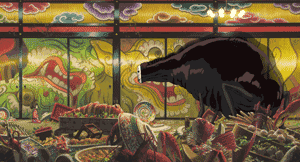
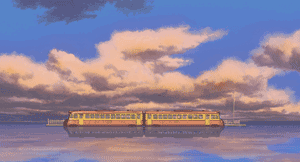
Still, within the fantasy, animators must maintain a sense of scale, gravity, and weight to create the illusion of physics, while still being able to manipulate elements such as lighting. Lighting is used to direct viewers’ attention or to emphasize mood as opposed to strictly following the realistic paths of light, enhancing both the cinematography and the story. In Disney’s Alice in Wonderland (1951), the often dark and moody backgrounds are punctuated by the light shining down on Alice, coming from no particular source. The light, however, doesn’t feel out of place, but instead lightens the mood of the scene and places the focus onto Alice. The wonder of traditional animation is its ability to show reality not as it is, but as the artist chooses to express it. Even in the fantasy or sci-fi genres of regular film, the visual reality must conform to the laws of physics. In animation, however, the viewer will accept any visual reality they are presented with, allowing animators to take on a more expressionistic style.
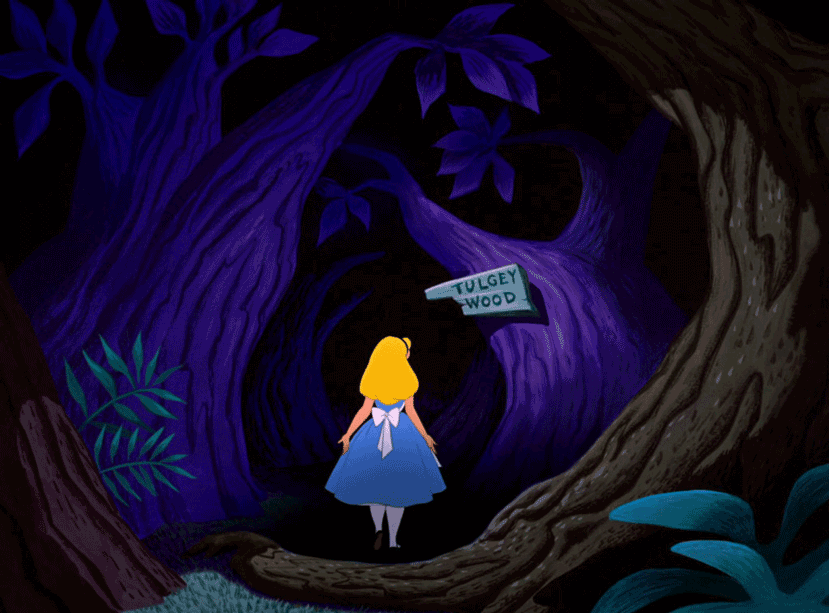
Hand-drawn animation also holds the ability to seamlessly shift between artistic styles. The last sequence of Disney’s groundbreaking 1940’s film Fantasia depicts a dramatic battle between good and evil. The scenes of evil are defined by a claustrophobic composition, harsh and jagged lines, rough textures, deep colours, and moody light until the church bells and the breaking of dawn symbolize the emergence of good, ushering in a new style characterized by an open composition, undefined lines, smooth textures, lighter colours, and an emphasis on light and its reflections in a scene reminiscent of Monét’s Impression, Sunrise (1872).
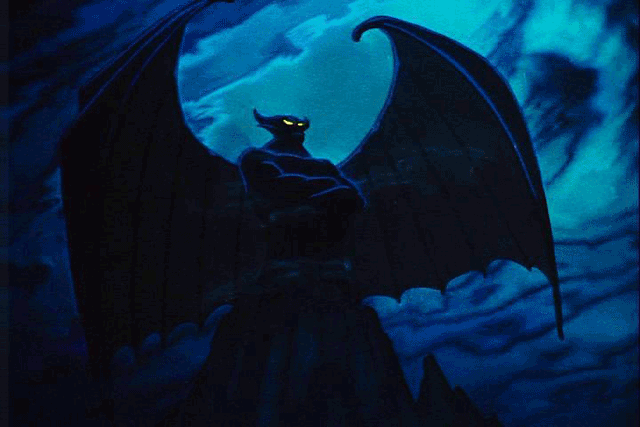
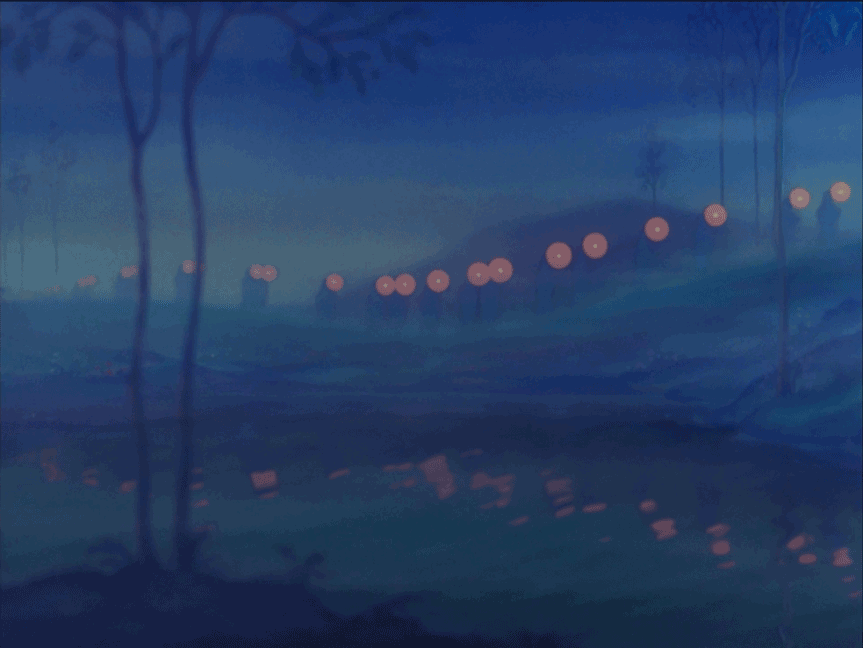
Studio Ghibli’s The Story Of Princess Kaguya (2013) utilizes this technique with new energies. When a wave of rage overcomes the character, Kaguya, the animation of the scene evolves from the soft and colorful minimalist style to harsh black charcoal strokes. The landscape behind the character is drained of color, only stained by the red clothing of the character. The scene seems to have been drawn in a swift fit of rage, as if the artist behind it shared the emotions of the character, leaving behind a scene driven by visual emotion.
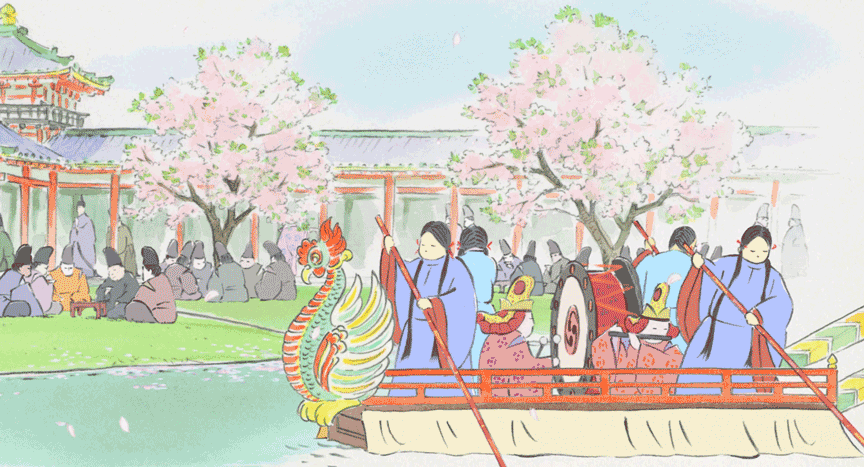
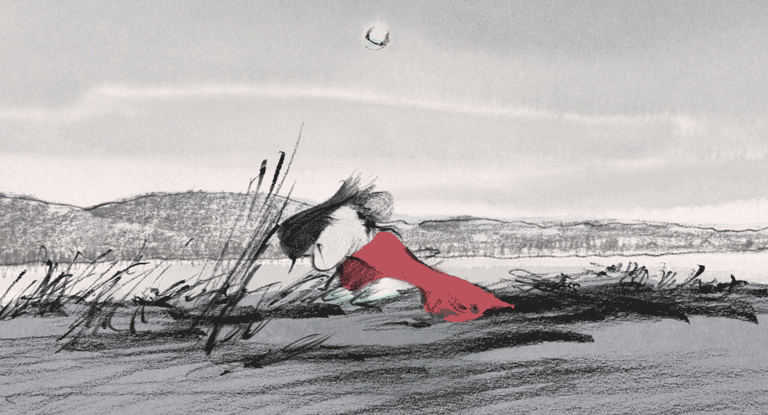
Hand-drawn animation reflects but does not attempt to mimic reality, instead it simplifies it. Animation reduces something, be it a character, object, or landscape to its essence and emphasizes the elements that define it, thus creating a version of reality that feels more lifelike than life itself. While hand-drawn animation thrives on this simplicity, the computer rendered animation of studios such as Disney and Pixar strive to subvert simplicity. Each new animation has become more realistic than the last, and while an amazing technical achievement, the soul of animation has been lost in the process.
In hand-drawn Studio Ghibli films, every element on screen has character so much so that it becomes part of the story. The water in Ghibli’s traditionally animated film, Ponyo (2008), can feel soft and light through the way it moves, ripples, and interacts with the characters; while in the same film, it can emit a feeling of danger and fear as it shifts to darker hues, sharper lines, and faster movements. Whereas in Disney’s 2016 3D animated Moana, the water is meant to act as a character in the film, yet its presence is overtaken by the realism of the animation, resulting in it being devoid of character and life. Another layer of depth, of humanity, is found in traditional forms of animation, whereas most 3D animated films lack the personality of the artist’s hand. Although, 3D animation has brought gorgeous scenes to life that would otherwise be impossible to create using hand-drawn animation, such as the Land of the Dead in Pixar’s CoCo (2017). The endless lights and depth created using 3D animation is a testament to the potential of computer rendered projects.
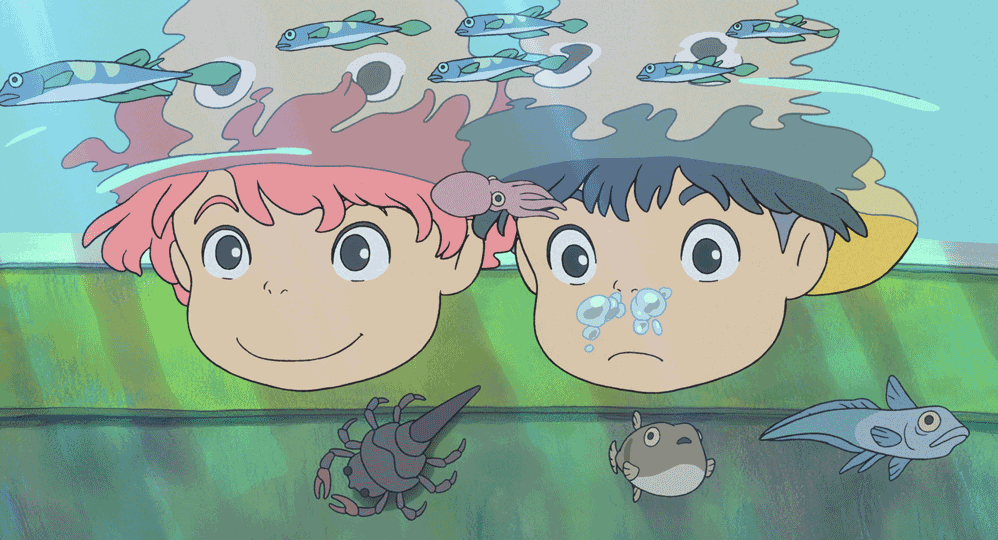
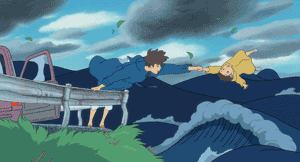
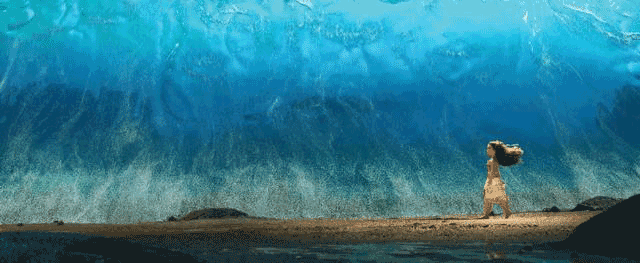
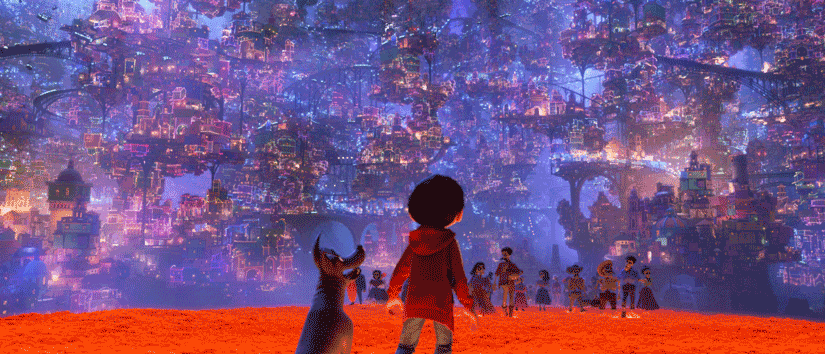
Although 3D animation seems to have encompassed any other form of animation, Sergio Pablos, director of Netflix’s 2019 film Klaus, “never looked at 3D as an evolution of 2D. I looked at it as a split, like there's a new way of making animation now.” Klaus, the film following the origin of Santa Claus uses traditional hand-drawn animation, enhanced by the use of 3D lighting techniques, a method pioneered with software created for the film. Klaus Light and Shadow, or KLaS, follows the movement of the characters, adding light and shadows accordingly to give the 2D film a sense of depth and volume. The program is also used as a technique in storytelling, dousing characters in shadows for comedic effect, or using light to add to a feeling of exposure when a character’s secret is revealed. The merging of 2D and 3D techniques resulted in a visually complex and stunning film that still holds the warmth and soul of traditional animation.

The use of both 2D and 3D techniques is also used in 2018’s Spiderman: Into The Spiderverse. Though 3D, the film’s instantly recognizable style doesn’t strive for realism, but instead creates a unique visual language, taking inspiration from classic comic books. The animators disregarded 3D technologies such as motion blur and camera focus to create a purely illustrated look. The computer-rendered film creates a 2D look using simple and minimal linework as well as occasional hand-drawn shots in the form of pop frames. The use of 3D technologies elevates the 2D look beyond what traditional animation could achieve, proving that the use of 3D technologies is not constrained to realism. By utilizing 3D techniques for a 2D style, the film not only achieves a vibrant comic book look throughout the film but is able to shift between styles as seamlessly as traditional animation for the climactic scene creating a near formless psychedelic landscape, paralleling the events of the story.
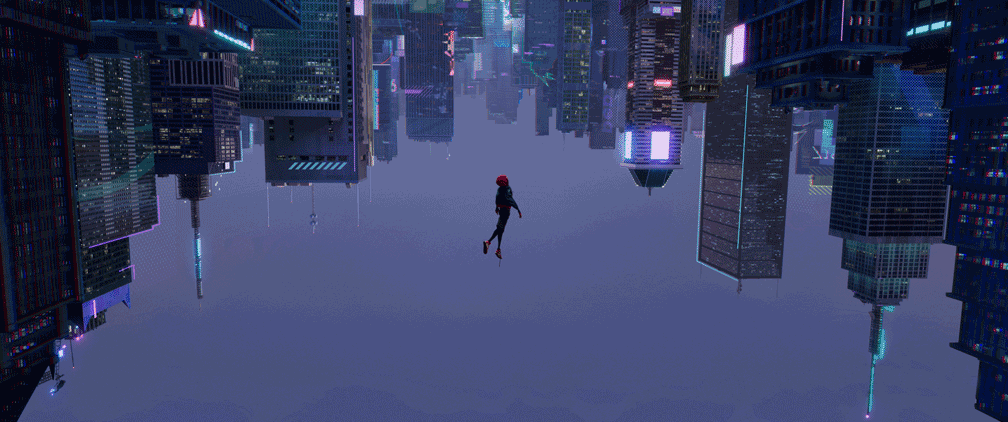
The innovative animation of Klaus and Spiderman: Into The Spiderverse challenges the giants of animation such as Disney and Pixar to reevaluate the beauty of hand-drawn animation. The merging of old and new animation techniques regain the sense of artistic interpretation of traditionally animated films and hold the potential to transform the medium while simultaneously preserving the art that is hand-drawn animation.
